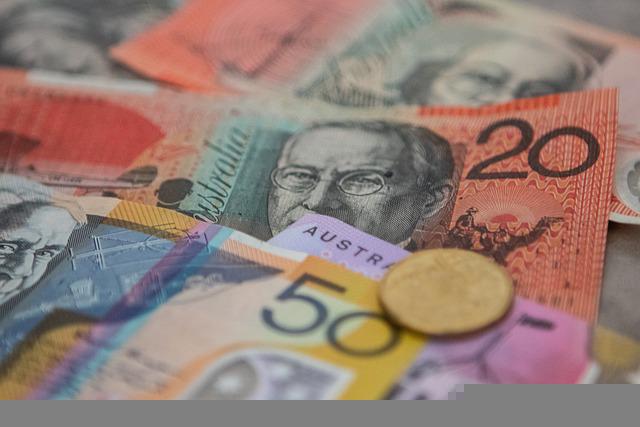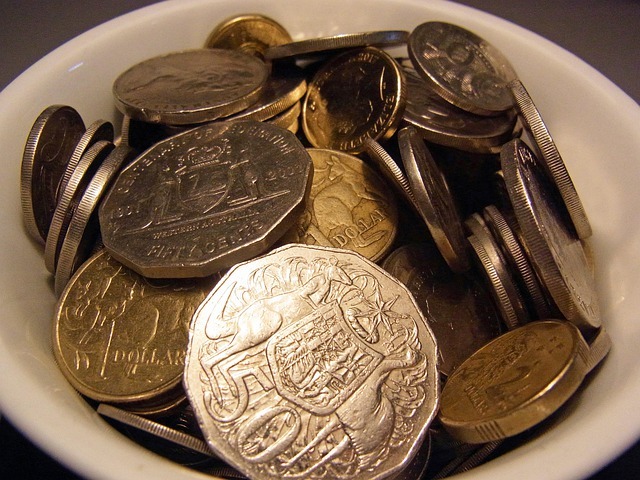After the Fed raised rates, the Australian Dollar fell. The RBA has hinted at less aggressive monetary policy principles. The USD now has some heft thanks to the Fed’s massive boost. Will the AUD/USD exchange rate decline?
The Australian Dollar now seems to be a victim of US Dollar manipulation.
Treasury rates have shot up as a result of the Fed’s decision earlier in the week. The US Dollar index (DXY) increased to a 20-year high as a result, strengthening the US Dollar globally.
As expected throughout the week, the US central bank increased its Fed funds target rate by 75 basis points, but it was the press conference after the decision that made the hawks scream.
In regard to the battle against the astronomically high inflation rate (8.3% year-over-year as of the end of August), Fed Chair Jerome Powell stated, “We will remain at it until the job is done.” By the end of the year, the market has already factored in an additional 125 basis points of increases.
On the other hand, the week’s publication of the RBA meeting minutes for the September meeting reinforced the RBA’s less hawkish attitude.
By and large, they reiterated the view previously voiced by RBA Governor Philip Lowe, according to which the RBA would contemplate a rise of either 25 or 50 basis points at their next meeting on October 4.

Additionally, he has said that the rationale for additional significant hikes weakens as rates rise. Therefore, even if rates are being raised, they are doing so more slowly than the Federal Reserve and other major central banks.
The rate at which formerly lax policy is being tightened puts pressure on the Australian dollar as yields in other developed economies increase.
Monetary policy is being tightened to alleviate concerns that inflation may become persistent. The year-over-year CPI reading as of the end of the second quarter was 6.1%, which is much higher than the RBA’s goal range of 2-3% on average over the entire cycle.
Price pressures are thus larger than intended but less severe than in other regions of the globe, which explains the less aggressive tightening approach.
The relative outperformance of Treasuries versus Australian Commonwealth Government Bonds is seen by the 2- and 10-year bond spread rates (ACGB). The ‘big dollar’ is continuing to rise due to the RBA’s dovish stance in comparison to the Fed, which is driving down AUD/USD.
US dollar vs Australian dollar versus 2- and 10-year bond spreads.


